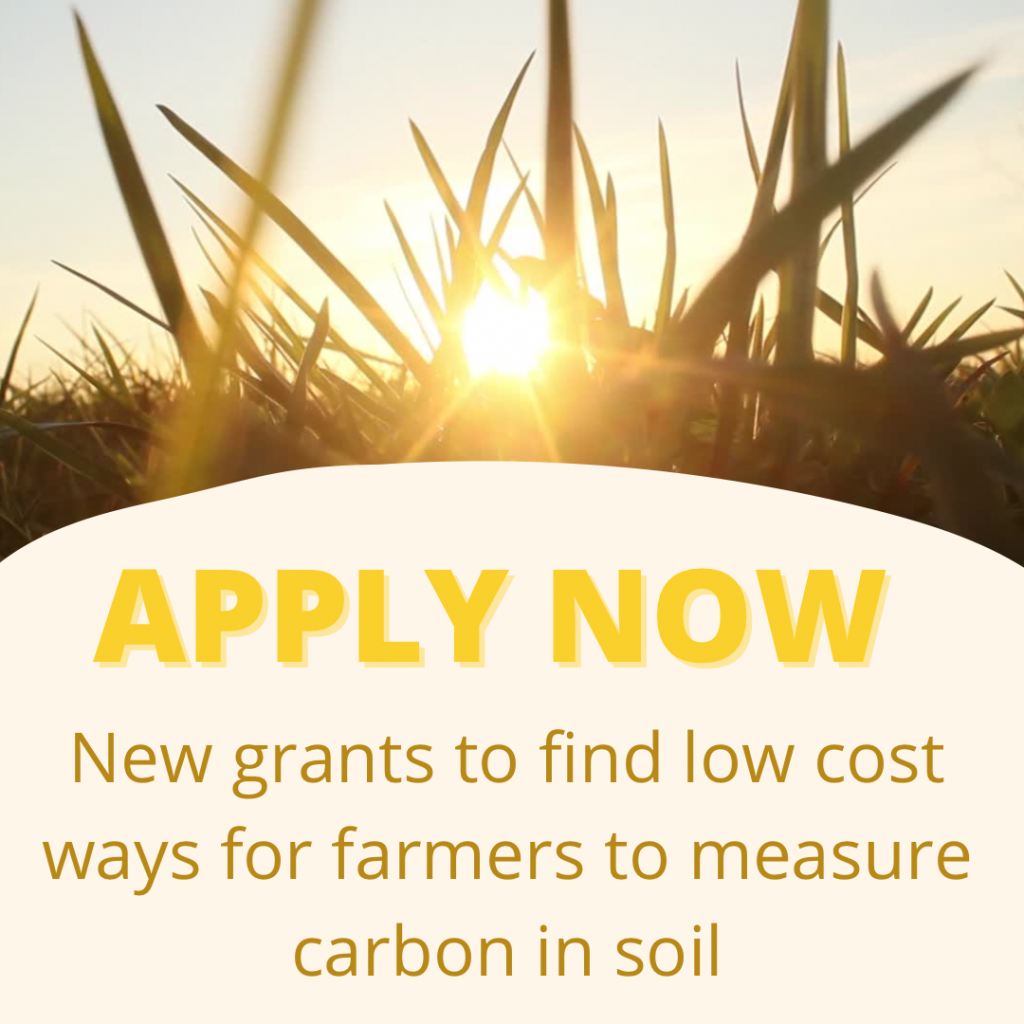
Grants of between $100,000 and $20 million are now open for innovators in Monash for projects to lower the cost of measuring carbon stored in soil.
Minister for Industry, Energy and Emissions Reduction Angus Taylor said the grant guidelines have been released and applications are open with up to $40 million in funding available under the National Soil Carbon Innovation Challenge.
The Challenge will deliver on the Technology Investment Roadmap’s goal to lower the cost of accurate soil carbon measurement by 90 per cent, to less than $3 per hectare per year.
Development and Demonstration Round 1 provides grants of up to $20 million for projects to develop, test and validate low-cost and accurate ways to measure carbon stored in soil.
Minister Taylor said bringing down the cost of measuring soil carbon would lead to an increase in soil sequestration in Australia and help lower Australia’s carbon emissions.
“Getting the cost of measurement down will make it easier for farmers, suppliers and researchers to understand the impact that different management practices have.
“This is the first step in making it easier for farmers to demonstrate how they are reducing Australia’s emissions and be rewarded for their efforts.”
Member for Monash Russell Broadbent said the new grants were a great opportunity for innovators in the region to help develop measurement solutions for soil carbon.
“A key to unlocking the untapped potential of storing carbon in our soils is to bring down the cost of soil carbon measurement,” Mr Broadbent said.
“Through these grants and the National Soil Carbon Innovation Challenge, the government will be working hand-in-hand with innovators and farmers to increase soil health, productivity and resilience and to create jobs and opportunities in regional Australia.”
Under the new grants, eligible activities will involve proof of concept testing and the validation and deployment of technologies. Applicants will need to contribute at least 20% of eligible expenditure and submit a feasibility study of their technology.
Potential opportunities to reduce measurement costs may include reducing the frequency of physical sampling by advancing laboratory and in-field sensing techniques, increasing confidence in remote sensing estimation, and modelling of soil carbon.
Applications are open for 4 weeks, with a further round to be released in mid-2022.
Applications for the Feasibility Study grants under the National Soil Carbon Innovation Challenge closed in December 2021. Successful applicants will be announced soon.
More information is available at the Department’s grant hub website: https://business.gov.au/grants-and-programs/national-soil-carbon-innovation-challenge-development-and-demonstration